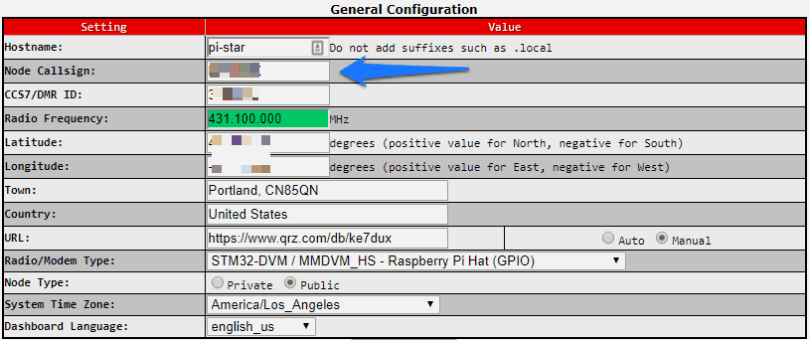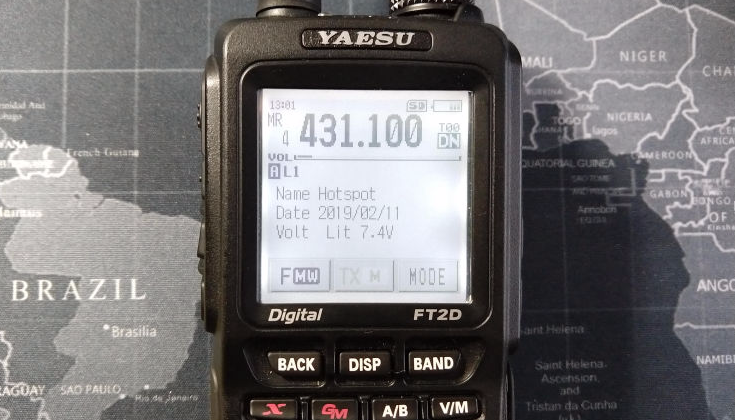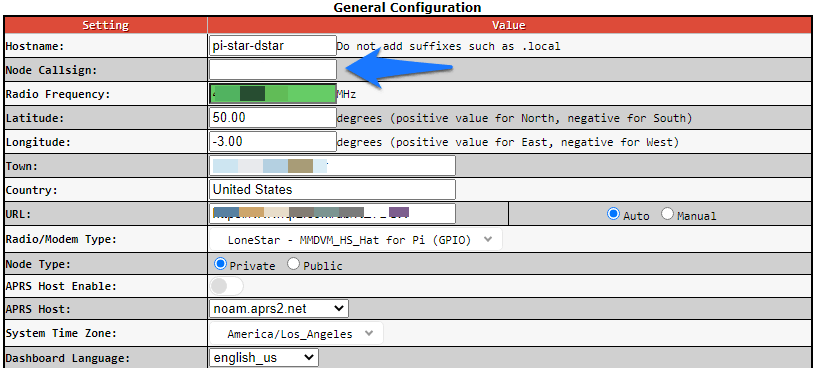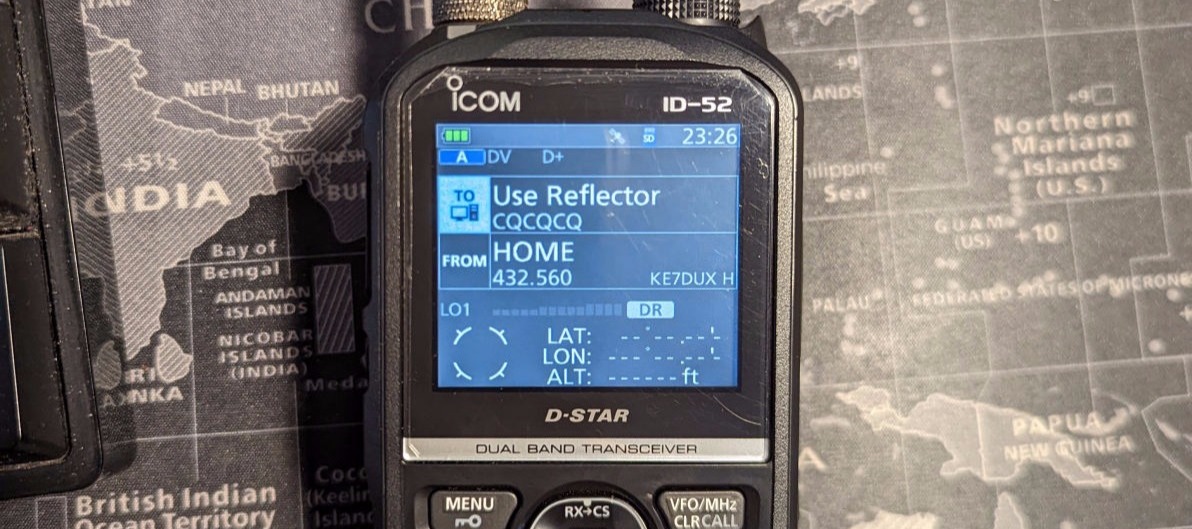
1. MMDVM Host Configuration
Enable DMR Mode and Apply.
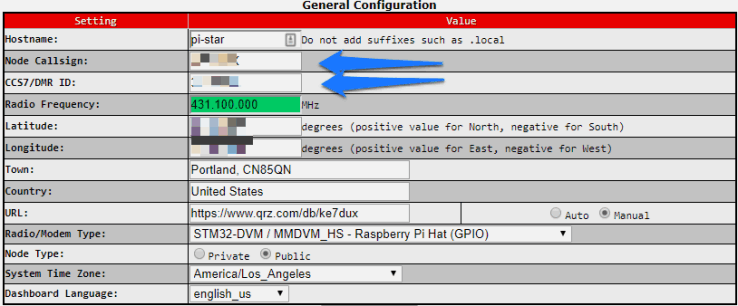
2. General Configuration
Standard Setup, ensure you have entered your Callsign and DMR ID.

3. DMR Configuration
Choose BM_ Master that is closest to your area and apply

4. Radio Configuration
You must finish by programing your radio with your Hotspot's frequency and the HRCC Talkgroup: #31621

